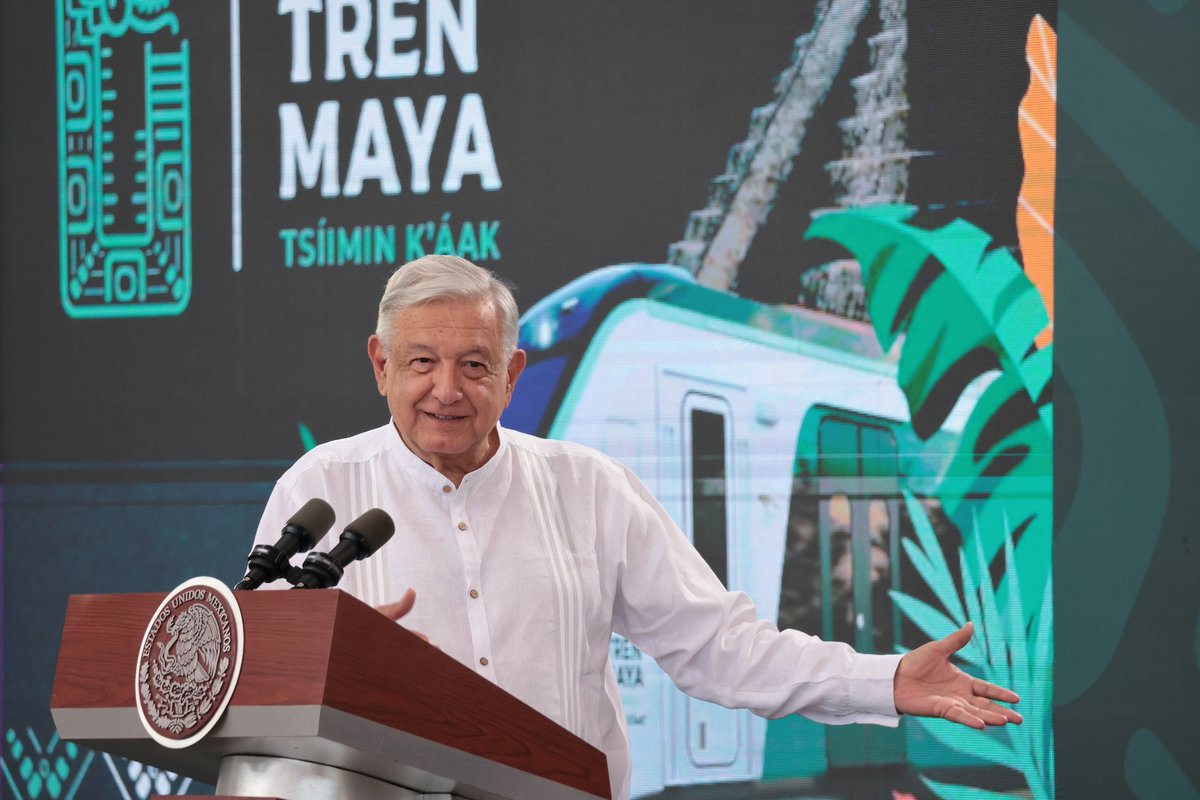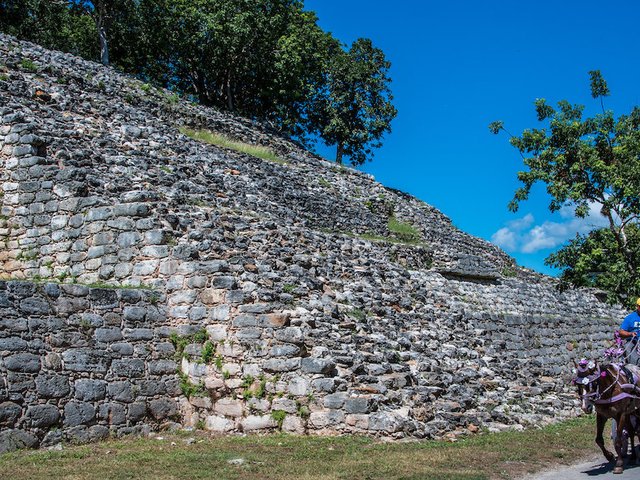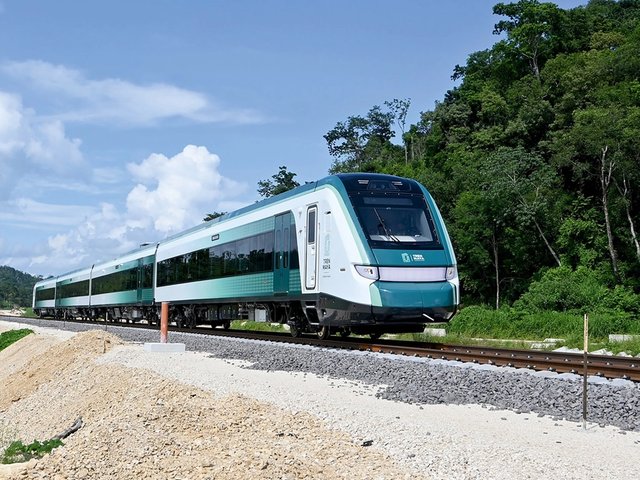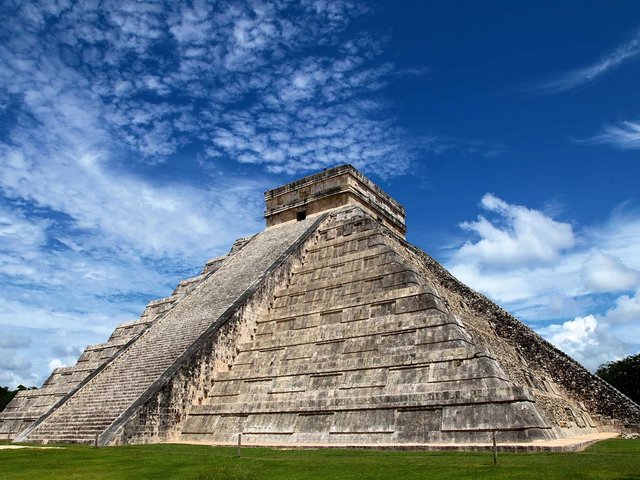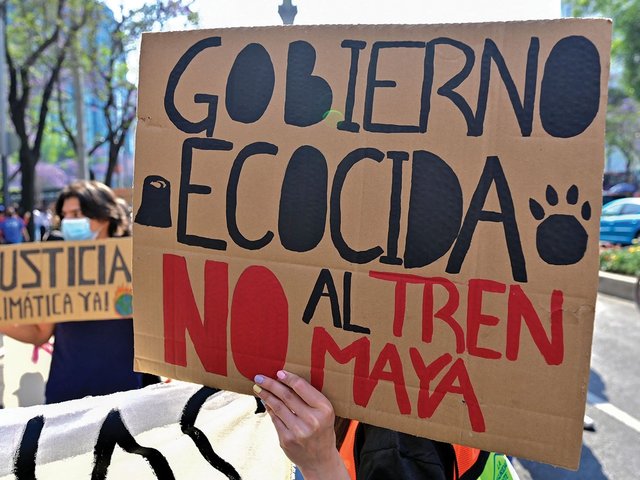Last week, the Mexican government celebrated the inauguration of the first section of the Maya Train, the flagship project of president Andrés Manuel López Obrador that aims to boost cultural tourism in the Yucatán peninsula. In an address held on 15 December, Obrador described the project as a “magnum opus” that was achieved in “record time”, praising the approximately 100,000 construction workers and the companies involved in the development.
The inauguration marked the opening of the sections of the train between Campeche and Cancún, spanning 14 stations across 473km of the 1,525km-long high-speed train line. When completed, the train will feature 20 stations connecting archaeological sites and other tourist destinations across five different states, from Palenque to Cancún to Chetumal.
The train opened to the public on 16 December, with reports that passengers leaving from Cancún were forced to wait around five hours before boarding due to track “reconfiguration” issues. Because just a single line of the planned double-line track has been finished, passengers coming from Campeche also faced delays.
The train can currently accommodate 231 passengers per day and offers two departure times, with tickets ranging from $68 to $108. The full trip takes around five and a half hours, with an average speed of around 80km per hour, although it is expected to reach 120km per hour when the system is complete.
The development has been embroiled in pushback from archaeologists, environmentalists and activists who argue that the train line endangers the surrounding landscape and archaeological sites, including six Unesco World Heritage sites and around 25,000 new archaeological sites, as well as 800 natural features like cenotes (freshwater caverns).
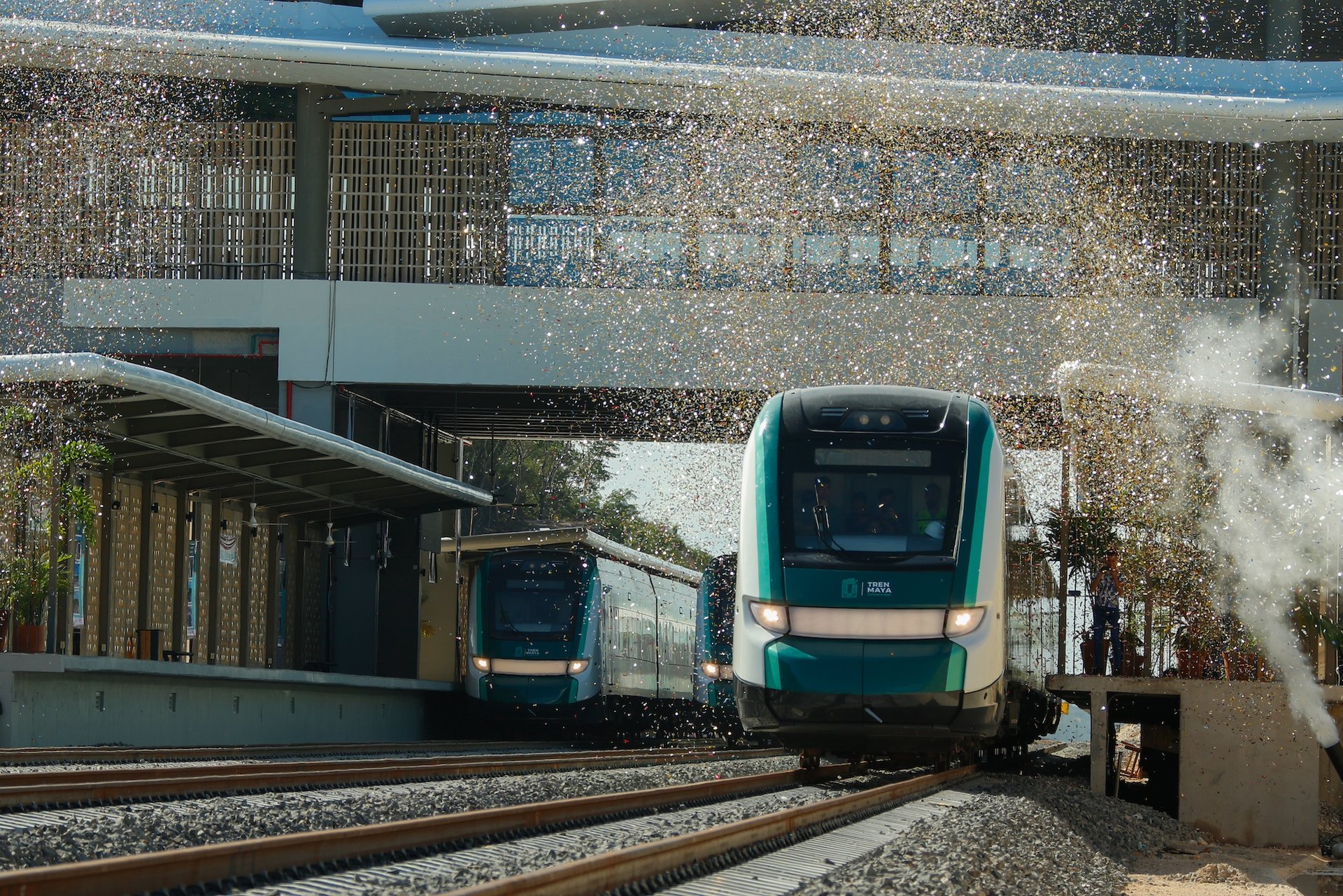
One of the first Maya Train journeys begins on 15 December Courtesy Secretaría de la Defensa Nacional/Instituto Nacional de Antropología e Historia/Fondo Nacional de Fomento al Turismo
Since the Maya Train project broke ground in 2018, the Mexican government has been accused of sidestepping regulations in order to complete the project before the end of Obrador’s term in September 2024. In 2021, a decree was issued to require federal agencies to approve public works deemed to be “in the national interest”.
As previously reported in The Art Newspaper, a cartographic analysis released last August revealed that nearly 16,500 acres have been deforested since the project began, with an estimated 87% of that land cleared in violation of federal regulations. The government has countered that the project will benefit impoverished areas of the Yucatán, estimating that the train will create more than one million jobs in the tourism sector and other jobs related to the construction, management and maintenance of the train. However, there is concern that local communities could be harmed due to the influx of tourism, which could increase the presence of cartels in the region.
According to a 2020 census, more than 1 million of the Yucatán’s 2.3 million inhabitants live in poor economic conditions, with municipalities in the south-east region suffering the most extreme conditions. The government estimates that the train will reduce overall poverty in the region by a minimum of 15%.
The cost of the project has risen from around $8.3bn in 2020 to nearly $30bn. The Mexican government projects that the train will be fully operational by the end of February 2024, and estimates that it will take between three to four years for the train to begin recovering the costs of the construction.
Two federal departments have overseen the development, the National Tourism Promotion Fund (Fonatur) and the National Institute of Anthropology and History (INAH). The state-run company Olmeca-Maya-Mexica will operate the train as well as hotels and national parks, a national airline and several airports. The government plans to deploy around 2,800 members of the National Guard to safeguard the route.
Artefacts uncovered during construction, like an ancient Maya canoe dating from between AD830 and AD950 found in a cenote near Chichén Itzá, will be shown across three federally funded museums in the Yucatán. The museums will open within the next two years and collectively cost more than $22m.


